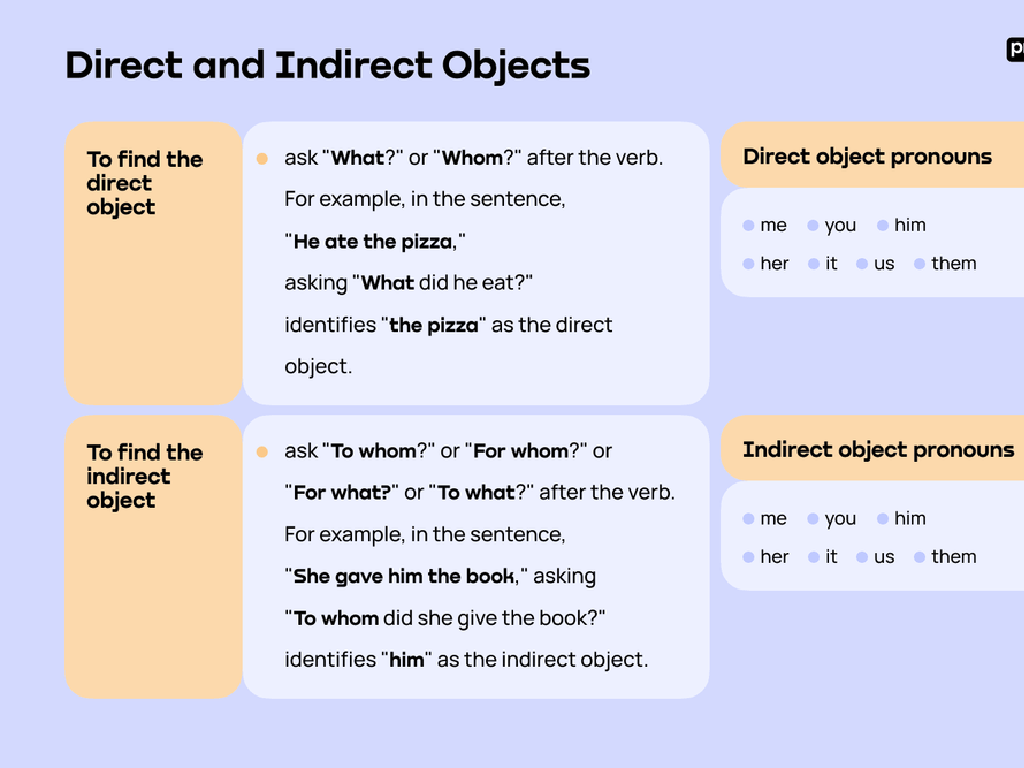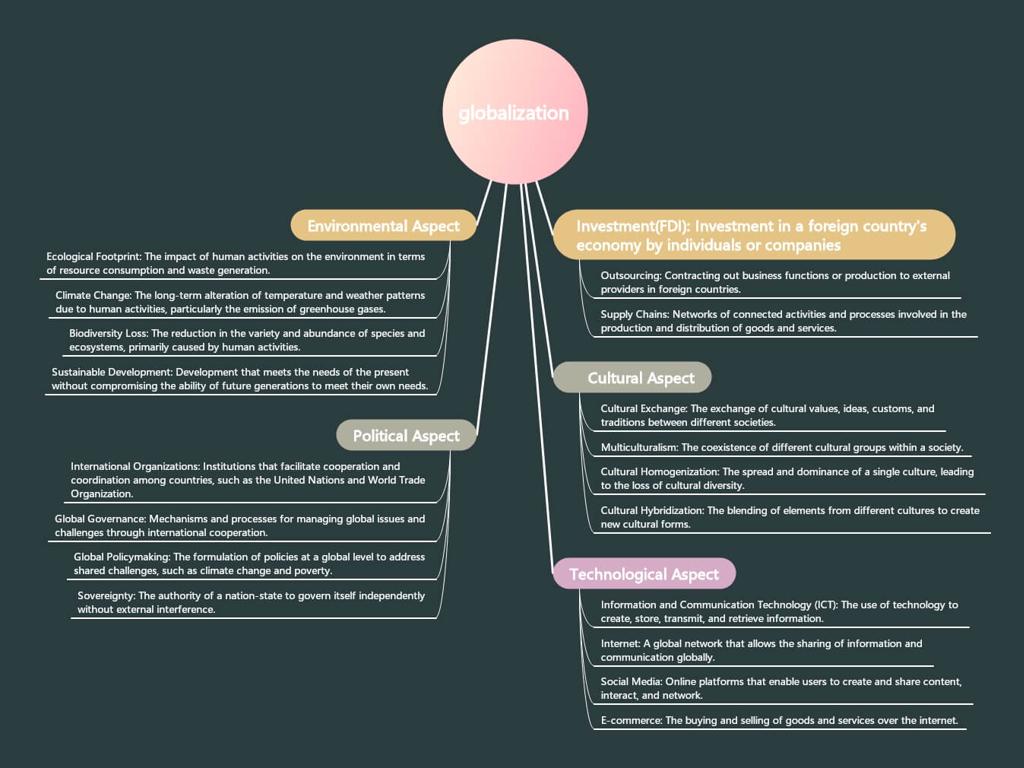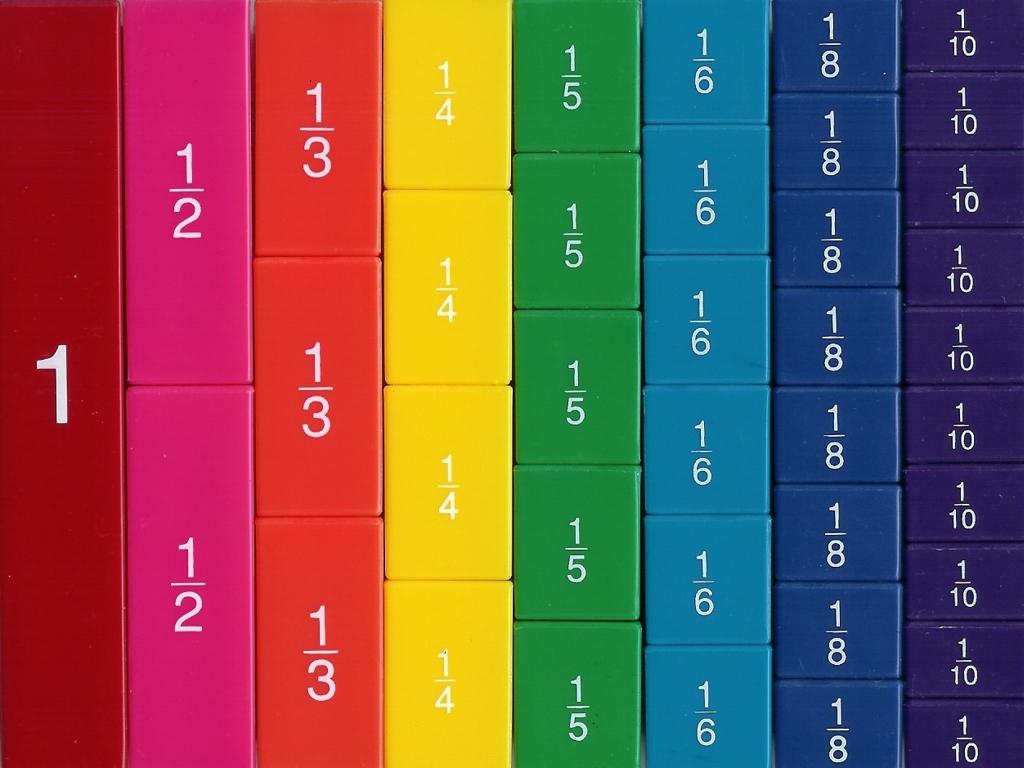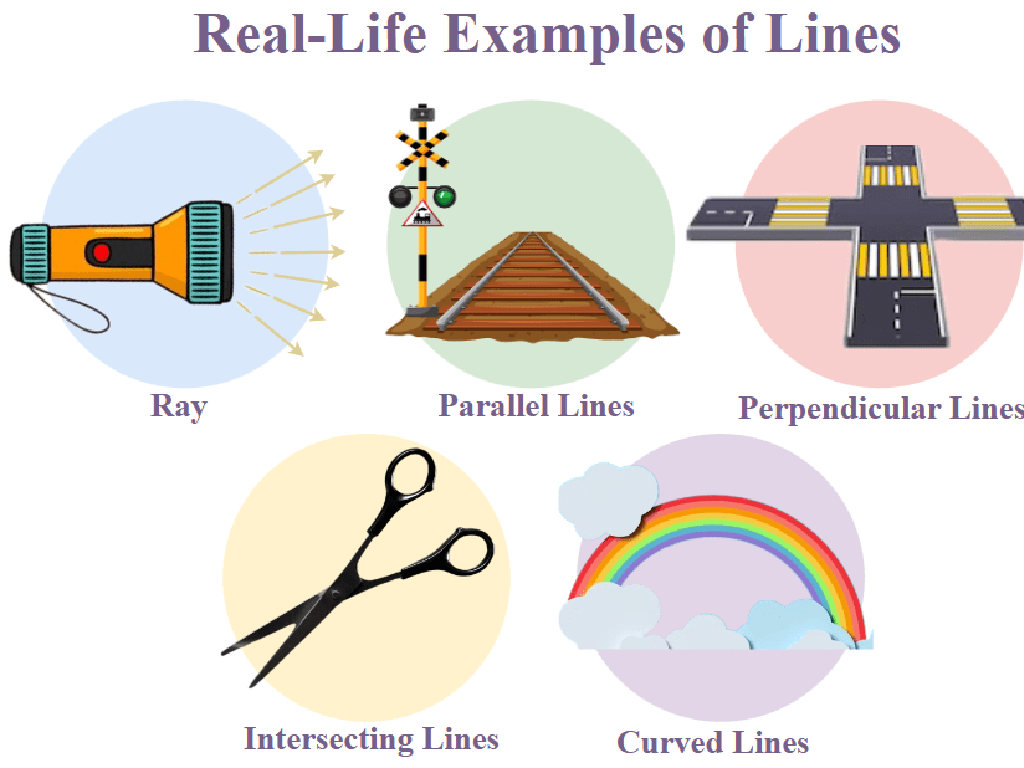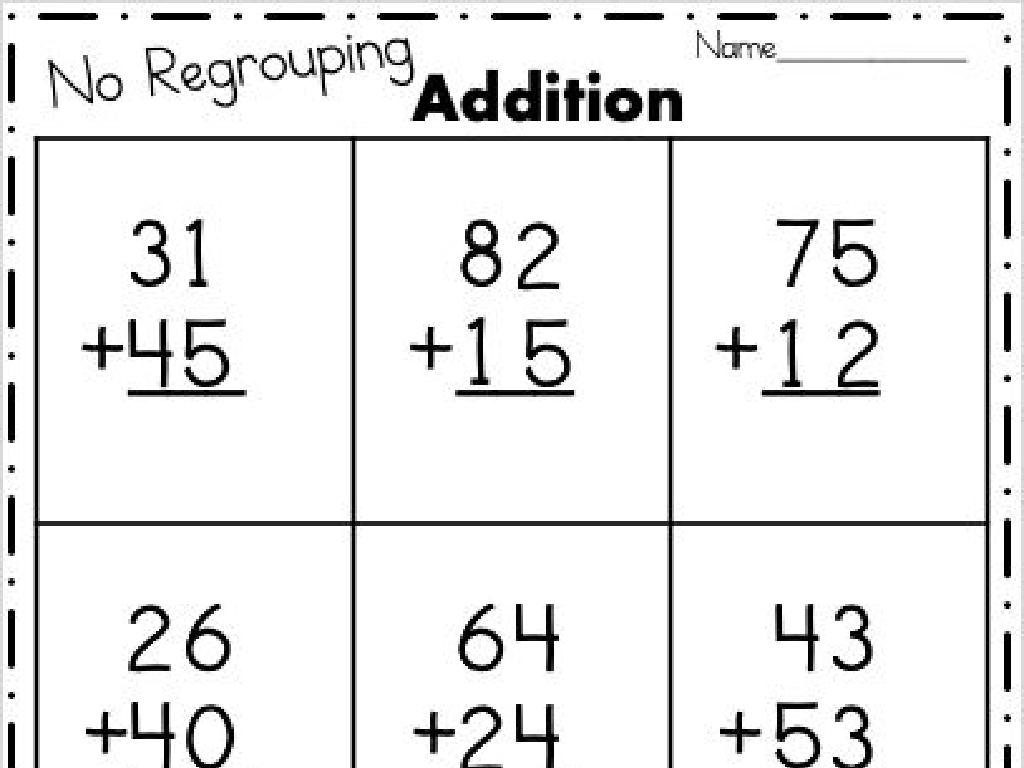Early Islamic Conquests
Subject: Social studies
Grade: Seventh grade
Topic: Islamic Empires
Please LOG IN to download the presentation. Access is available to registered users only.
View More Content
Exploring Early Islamic Conquests
– Introduction to Islamic Empires
– A look at the rise and expansion of Islamic rule.
– Significance of Islamic conquests
– How conquests spread Islam and influenced societies.
– Key regions and battles
– Focus on regions like Syria, Egypt, and Persia; battles like Yarmouk and Qadisiyyah.
– Impact on culture and trade
– Conquests led to cultural exchanges and vibrant trade routes.
|
This slide sets the stage for a lesson on the early Islamic conquests, which were pivotal in the spread of Islam and the establishment of the Islamic Empires. Begin with a brief introduction to the empires, highlighting their origins and expansion. Discuss the significance of the conquests in spreading Islamic culture, law, and language, as well as their impact on the societies they absorbed. Provide an overview of key regions affected by the conquests and mention significant battles that led to Islamic victories. Conclude with the lasting effects these conquests had on cultural development and trade, setting the foundation for a prosperous Islamic civilization. Encourage students to consider the complexities of these events and their long-term implications on world history.
The Rise of Islam
– Islam’s emergence in Arabia
– Prophet Muhammad’s influence
– Muhammad, the final prophet, spread Islam’s teachings.
– The Quran’s role in Islam
– The Quran is Islam’s holy book, guiding Muslim life.
– Understanding the Five Pillars
– Pillars include faith declaration, prayer, charity, fasting, pilgrimage.
|
This slide introduces students to the foundational aspects of the Islamic faith and its early expansion. Begin with the geographical and cultural context of the Arabian Peninsula where Islam originated. Discuss Prophet Muhammad’s critical role in the spread of Islam and how his teachings and life influenced the religion’s expansion beyond Arabia. Highlight the Quran as the central religious text of Islam, which Muslims believe to be the word of God as revealed to Muhammad. Explain the Five Pillars of Islam as the framework for a Muslim’s life, encompassing belief, worship, fasting, almsgiving, and pilgrimage. Emphasize the importance of these pillars in the daily lives of Muslims and how they helped unify and spread the Islamic community. Encourage students to consider the impact of these elements on the growth of early Islamic empires.
The First Caliphs and Islamic Expansion
– The first four caliphs’ role
– Abu Bakr, Umar, Uthman, Ali led after Prophet Muhammad
– Contributions to Islamic conquests
– They unified the Muslim community and led military campaigns
– Rapid expansion of Islamic territory
– Within 30 years, regions from Spain to Iran were under Islamic rule
|
This slide introduces the first four caliphs of Islam who played a pivotal role in the early Islamic conquests following the death of Prophet Muhammad. These caliphs, known as the ‘Rightly Guided’ caliphs, were instrumental in unifying the Muslim community and leading it through a series of military campaigns that resulted in the rapid expansion of Islamic territory. Within a span of just 30 years, the Islamic empire grew to encompass a vast region from Spain in the west to Iran in the east. This unprecedented growth was not only a result of military might but also the appeal of Islamic principles and the administrative capabilities of the caliphs. Encourage students to explore the reasons behind the rapid expansion and how it shaped the regions culturally and politically.
Major Conquests and Battles of Early Islam
– The Battle of Yarmouk’s impact
– A decisive victory for Muslims against the Byzantine Empire, altering the region’s power balance.
– Conquering Syria, Egypt, Persia
– These regions were key cultural and economic centers, expanding the Islamic Empire’s influence.
– Military strategy in conquests
– Strategic planning and leadership were crucial for the success of the Muslim armies.
– Tactics used by early Muslims
– Utilizing effective battlefield tactics like cavalry charges and siege warfare.
|
This slide highlights the pivotal moments in the early Islamic conquests, focusing on the Battle of Yarmouk, which marked a significant turning point in the power dynamics of the Middle East. The conquests of Syria, Egypt, and Persia not only spread the influence of the Islamic Empire but also allowed the exchange of culture and knowledge. Emphasize the importance of military strategy and tactics, such as the use of intelligence and the strategic placement of troops, which played a vital role in the successful expansion of the empire. Discuss how these conquests shaped the political and cultural landscape of the region. Encourage students to consider the lasting impacts of these early Islamic conquests on the modern world.
Cultural and Social Impact of Early Islamic Conquests
– Cultural diffusion through conquests
– Conquests spread Islamic culture, mixing with local customs.
– Islamic civilization influences
– Conquered regions saw advances in science, mathematics, and art.
– Architectural achievements
– Mosques and palaces, like the Alhambra, showcase Islamic architecture.
– Scholarly achievements
– Translation of Greek texts to Arabic, preserving knowledge.
|
This slide aims to explore the cultural and social changes that occurred as a result of the early Islamic conquests. Emphasize how the spread of Islamic rule often led to cultural diffusion, where Islamic practices were blended with local traditions, enriching the cultural landscape. Highlight the significant influence of Islamic civilization on the regions it conquered, particularly in the fields of science, mathematics, and the arts. Provide examples of architectural marvels such as the Great Mosque of Córdoba and the Alhambra palace, as well as scholarly achievements like the translation movement in Baghdad, which preserved and expanded upon ancient Greek and Roman knowledge. Encourage students to consider the lasting impact of these achievements on the modern world.
Challenges in Early Islamic Conquests
– Challenges during expansions
– Harsh deserts, vast distances, and diverse enemies
– Encountered resistance
– Local populations often resisted change
– Strategies to overcome challenges
– Diplomacy, military strategy, and inclusive policies
– Adaptation and success
|
This slide aims to explore the difficulties faced by Islamic armies during their rapid expansion period. Students should understand that the conquests weren’t easy and involved navigating through harsh desert terrains, managing long supply lines, and facing the armies of large empires. Resistance was a natural part of the expansion as local populations often had different beliefs and customs. The Islamic conquerors used a combination of diplomacy, military strategy, and policies that allowed for religious and cultural diversity to address these challenges. Emphasize the importance of adaptability and strategic thinking in overcoming obstacles during the conquests. Encourage students to think about how these strategies might be applied in modern contexts.
Impact of Early Islamic Conquests
– Dawn of the Islamic Golden Age
– A period of cultural, economic, and scientific flourishing in the Islamic world.
– Lasting effects on modern societies
– Influences in language, architecture, and law can be seen today.
– Linking past to present-day diversity
– Understanding how historical Islamic conquests contribute to current cultural diversity.
– Cultural contributions and advancements
|
This slide aims to highlight the significant impact of the early Islamic conquests that led to the Islamic Golden Age, a time of remarkable achievements in various fields. Discuss how these conquests have shaped modern societies, leaving a legacy that can be seen in today’s language, architecture, governance, and cultural practices. Emphasize the importance of recognizing the contributions of Islamic civilizations to the world and how they have played a role in creating the rich tapestry of present-day cultural diversity. Encourage students to think about the connections between past events and the modern world, fostering an appreciation for the historical roots of contemporary society.
Class Activity: Mapping Early Islamic Conquests
– Mark conquered areas on blank maps
– Discuss cultural & social influences
– How did conquests change people’s lives?
– Group findings presentation
– Reflect on the conquests’ impact
– Consider language, religion, trade effects
|
This activity is designed to help students visualize the extent of early Islamic conquests and understand their impact on the regions’ culture and society. Provide each group with a blank map and markers. Students should mark the areas that were conquered by the early Islamic empires. After marking the maps, students will discuss in groups the potential cultural and social changes that might have occurred due to these conquests, such as the spread of language, religion, and new trade routes. Each group will then present their findings to the class, fostering a collaborative learning environment. As a teacher, facilitate the discussion by providing historical context and guiding questions. Possible activities for different students could include focusing on specific regions, comparing before and after the conquests, or role-playing to understand different perspectives.

